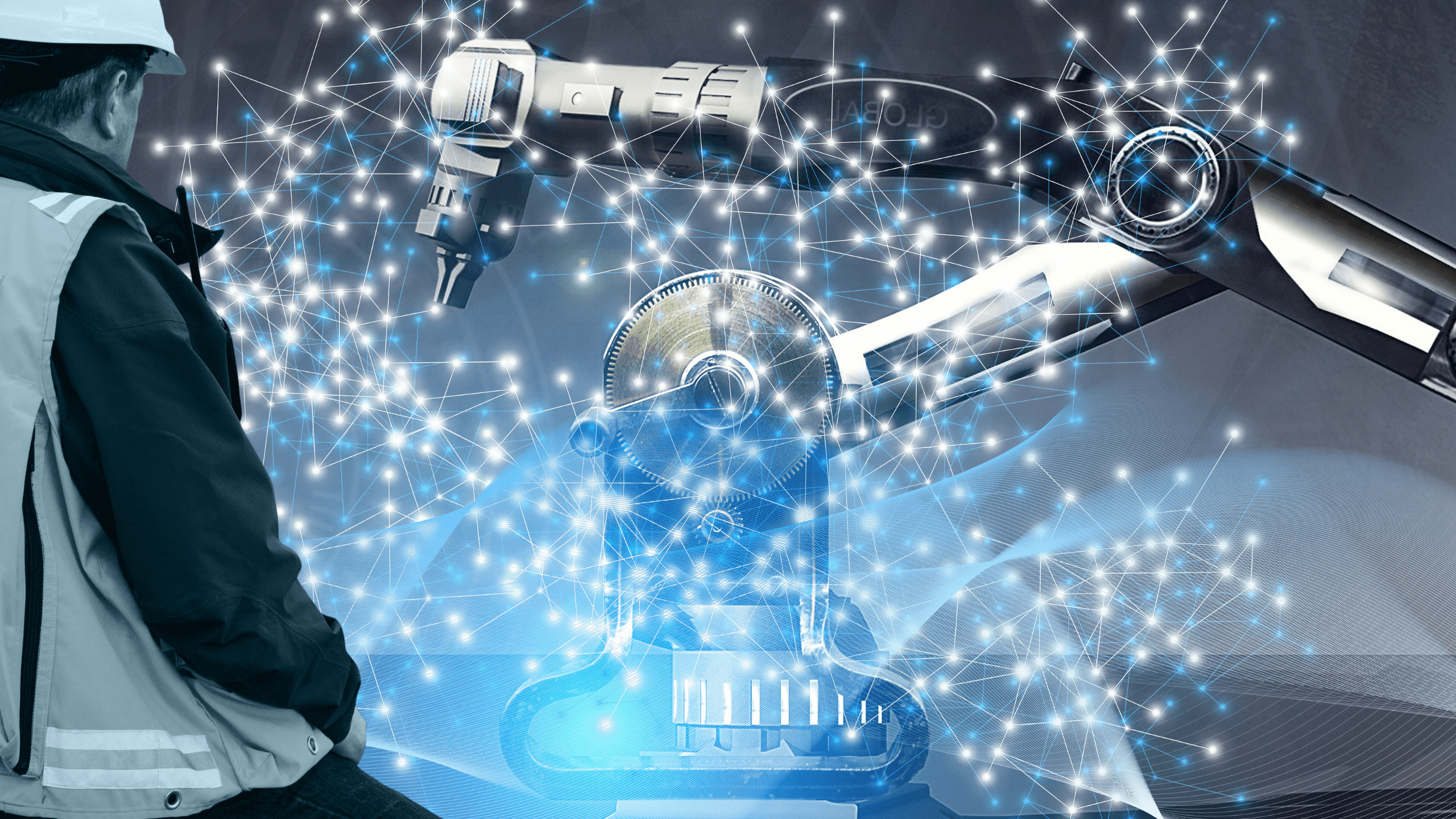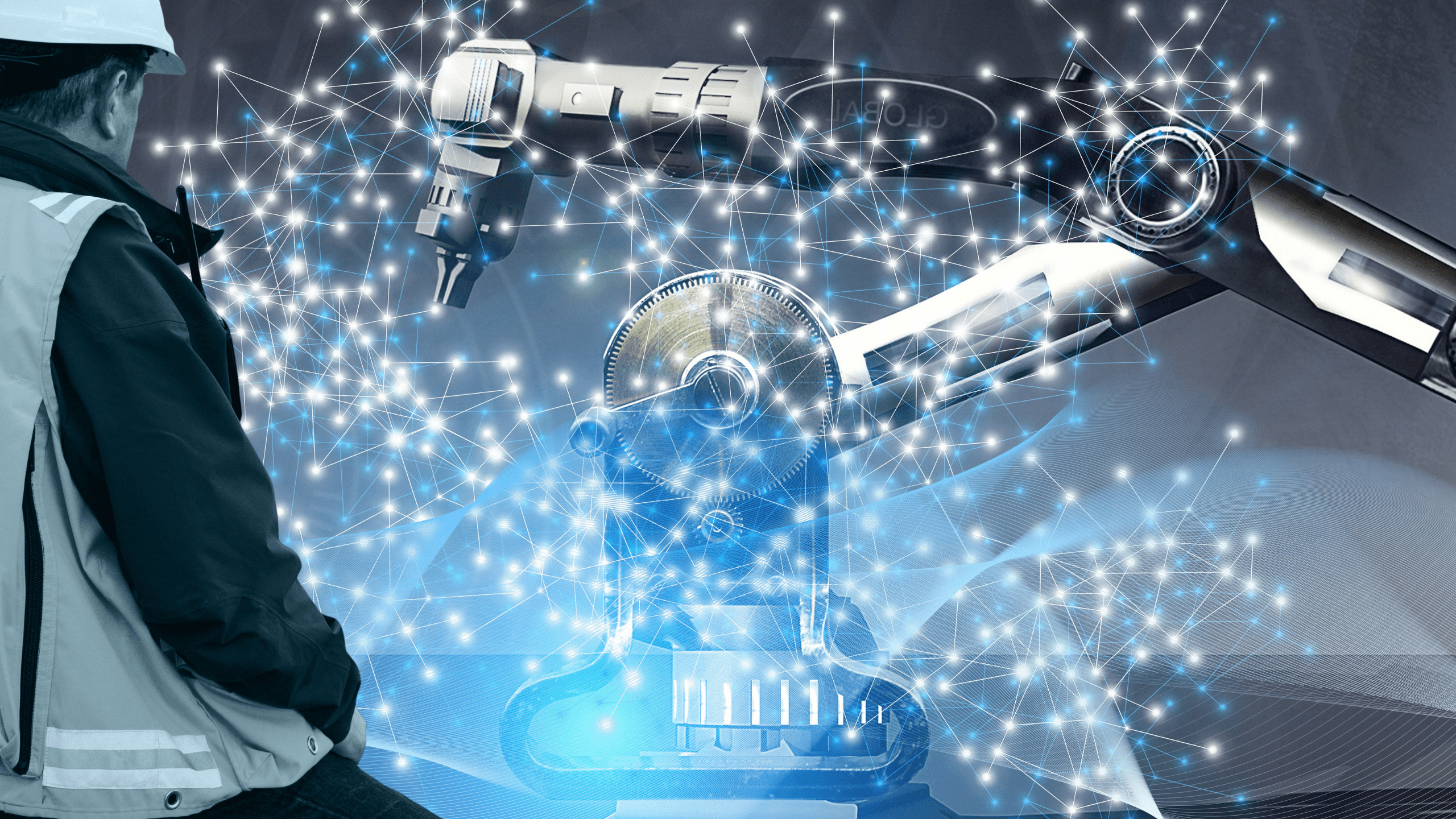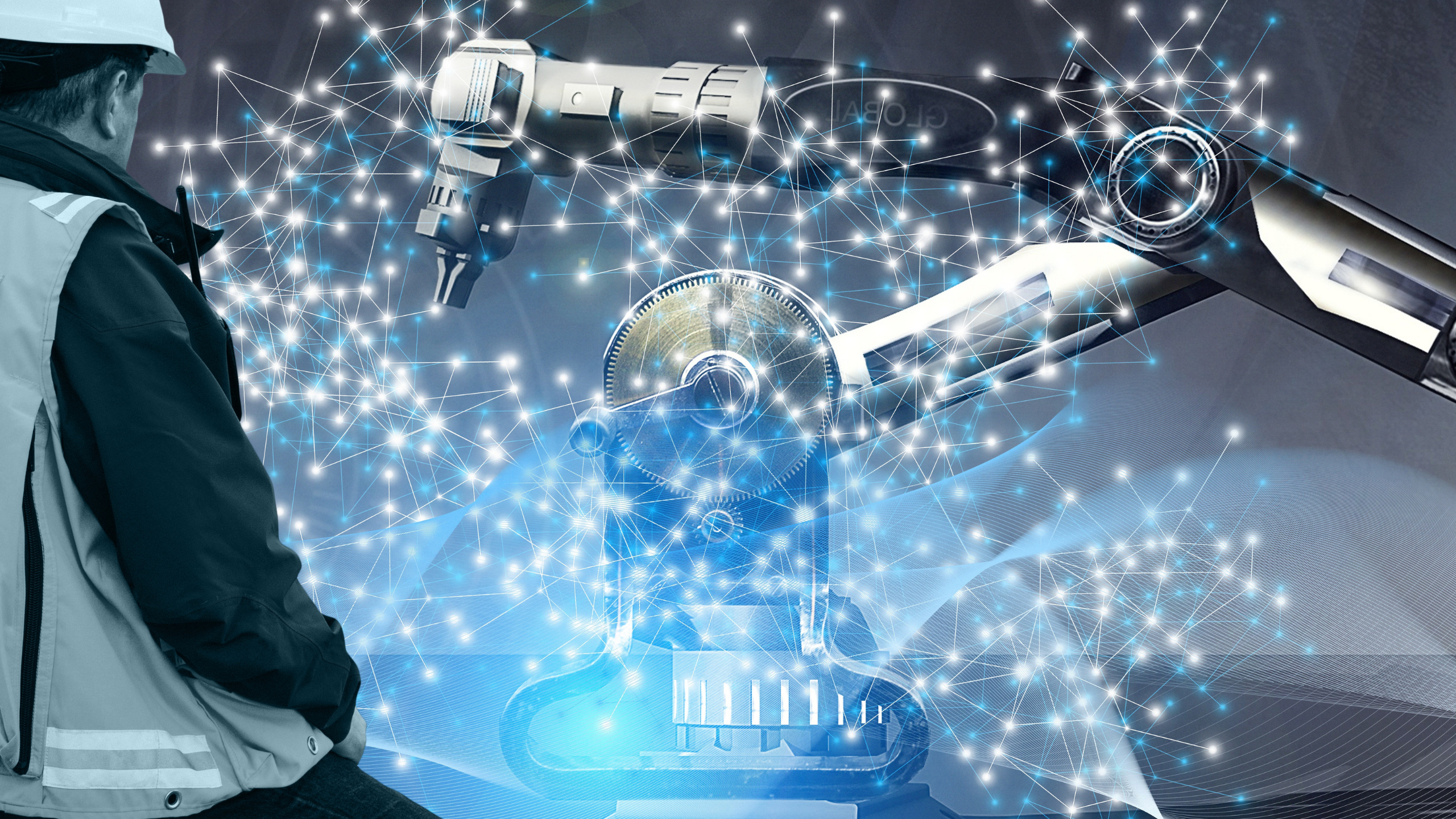In the industry of the future humans and machines will collaborate together even more: computers, robots and other technological tools, like AI or computer vision systems, won’t be any more ‘the tools of the trade’ but active collaborators in the production. This industrial revolution is already happening nowadays thanks to the use of automated mobile robots and cobots with integrated computer vision.
There are numerous advantages for industries for using robots: production efficiency, process automation, precise movements, cost reduction, and resources optimization. New generation robots and cobots are also easy to program and can be fully integrated into the existing production processes.
Cobots, collaborative robots for industry 4.0
Collaborative robots, also known as cobots, are versatile instruments that can have a key role in the automation of production processes, even for small businesses. In order to be more efficient, cobots need to be integrated with other key elements, like computer vision systems. A high-quality computer vision system is crucial to use a cobot to carry out operational tasks and quality controls.
A cobot can move independently thanks to computer vision: the robot can detect a landmark that guides its movements, localize a product to perform a pick-and-place task, read a barcode or avoid an obstacle. A cobot can be used for assembling, packaging, storage or logistics.
Thanks to high-resolution cameras, a collaborative robot can identify patterns and perform quality controls to detect anomalies and promptly intervene on the production line. The cobot evolution will bring to a real collaboration between humans and machines: analyzing the captured images, the robot will understand what the worker needs for a specific task.
Cobots can perform tasks that can be potentially dangerous. For example, in a chemical firm, there are tasks where there is a real risk for intoxication or contamination. The global pandemic taught us that cobots can be used for sanitizing rooms.
Using Machine Learning Technologies, cobots can have a real collaborative role. They can collect data to monitor machines, perform predictive maintenance, prevent errors, and also make decisions based on objectives and verified data.
Mobile robots with Computer Vision
Thanks to the integrated computer vision systems and machine learning technologies, Automated Guided Vehicles, known as Agv, can perform different tasks, change their paths and avoid obstacles. They can carry heavy loads, avoiding worthless tasks for the operators. They can walk long distances, never stop, carry heavy goods without suffering fatigue.
Agv robots can move independently thanks to physical landmarks or guidelines that guide their movements through the path. The main risk is that markers need to be regularly replaced.
Lgv robots (Laser Guided Vehicles) are innovative mobile robots that can navigate thanks to a laser that scans the entire area and they don’t need landmarks. Versatile and flexible, Lgv robots use sensors and cameras to freely move around.
MAS Elettronica solutions for Computer Vision and robotics
MAS Elettronica designs and creates specific solutions for AI and Computer Vision, fundamental elements for mobile and collaborative robotics. In our catalog, we can highlight:
- SBC NVIDIA Lightfront developed for per JCube Inc;
- SBC FRIDA IMX8M plus.
If you need more information about MAS Elettronica solutions,




